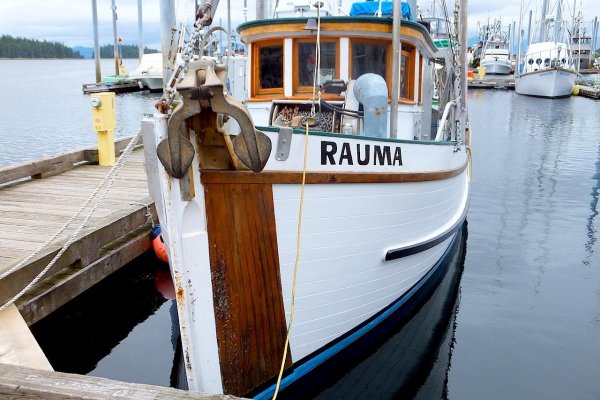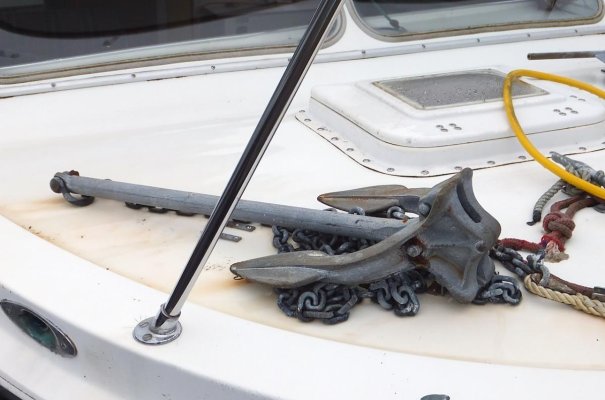Nomad Willy
Guru
DD,
Excellent followup IMO,
Good analogy on the scope range. I use only anchors good at short scope. That adds to my range considerably. Many will say “why dosn’t he just have one anchor like mine that anchors in all bottoms?” I’m the experimenter remember?
And good point about the Bruce getting on the map w it’s ability to set. I still think they only partially set at times though as in one fluke down, one fluke horizontal like a bulldozer and one vertical (sorta) in the water above the others. Probably 98-99 % don’t know it’s doing that .. me included. I’m working (sorta) on a modified Claw that may address the fluke area problem. But when the Claw is set well the flukes are deeper than most. As you may suspect I think the Claw has possibilities.
I’ve always thought the Spade is an anchor that seems to have all the spades. PI. Only thing I have against it is the big ballast chamber, the long shank and the concave fluke that seems it should pack in mud. That’s all. A good anchor to study .. or even buy.
I actually like the Vulcan but why buy a product from the mild steel company when one can buy a Manson Boss. Great company and w no ballast a bigger fluke. More than a few very knowledgable anchor people have said holding power is directly proportional to fluke area. Obviously there are other variables though. It’s a mystery to me why more people don’t buy the Boss.
Yes one can’t get away from the need to have an anchor for short scope unless you boat in Perfect Bay and never venture out. But this statement “almost any anchor will perform well at long scope” says one should pay attention to short scope mostly. There are wide differences there.
Excellent followup IMO,
Good analogy on the scope range. I use only anchors good at short scope. That adds to my range considerably. Many will say “why dosn’t he just have one anchor like mine that anchors in all bottoms?” I’m the experimenter remember?
And good point about the Bruce getting on the map w it’s ability to set. I still think they only partially set at times though as in one fluke down, one fluke horizontal like a bulldozer and one vertical (sorta) in the water above the others. Probably 98-99 % don’t know it’s doing that .. me included. I’m working (sorta) on a modified Claw that may address the fluke area problem. But when the Claw is set well the flukes are deeper than most. As you may suspect I think the Claw has possibilities.
I’ve always thought the Spade is an anchor that seems to have all the spades. PI. Only thing I have against it is the big ballast chamber, the long shank and the concave fluke that seems it should pack in mud. That’s all. A good anchor to study .. or even buy.
I actually like the Vulcan but why buy a product from the mild steel company when one can buy a Manson Boss. Great company and w no ballast a bigger fluke. More than a few very knowledgable anchor people have said holding power is directly proportional to fluke area. Obviously there are other variables though. It’s a mystery to me why more people don’t buy the Boss.
Yes one can’t get away from the need to have an anchor for short scope unless you boat in Perfect Bay and never venture out. But this statement “almost any anchor will perform well at long scope” says one should pay attention to short scope mostly. There are wide differences there.
Last edited:





